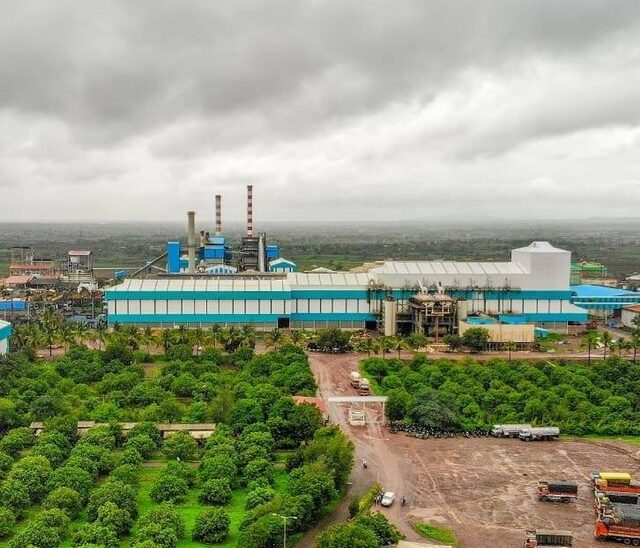India will provide sugar export quotas to only capable mills and simultaneously maintain current ethanol rates, says the central government in New Delhi.
Warranting such quotas is the country’s sugarcane crop, which the Food Secretary Sanjeev Chopra on August 26, 2025 stated as quite bright-looking.
Sanjeev added that this means mills that can ship sugar from their own premises will have sufficient export quotas.
India allocates maximum shipment capacities whenever it returns to foreign sugar trade, the last such reprise in January 2025 after a 2024 ban.
On January 20, 2025, New Delhi allocated 1 million tonnes for 2025 export, down from 6 million tonnes in the 2022-23 season.
For the 2026 season, the government has requested industry bodies to ascertain demand so that mills can get exhaustible quotas.
One of the reason for targeting capable facilities only is to eliminate incomplete exports by minor millers. According to the All India Sugar Trade Association (AISTA), some reluctant remote factories lease quotas to bigger mills, leaving some quantities non-exported.
The government also cautions quota recipients to dispose them off at once so as to pay sugarcane farmers appropriately.
As of mid-December 2024, cane farmers were stuck at 370 rupees ($4.37) a quintal (100 kg) and were demanding a stable price of 450 rupees ($5.31).
Delhi on Ethanol Price
Now that cane production prospects are back in the picture, the ethanol price stays 65.61 rupees ($0.75) a liter, unchanged since 2022.
The rate remains put months after an October 2024 breakthrough when the government first allowed unlimited ethanol processing from cane.
Although to ethanol producers the elimination of conversion caps was a triumph, to sugar producers it was a threat. This was because by then sugarcane production forecasts for 2025 were at a low 25 million tonnes.
Since then, the U.S. Department of Agriculture (USDA) has upped India’s 2025-26 sugar output by 25% to 35 million tonnes.
Lack of a raise in ethanol rates could discourage cane conversions into feedstock, encourage sugar exports and stabilize India’s sugarcane prices.
To ensure sugar export quotas remain stable, India allocates broken rice as alternative feedstock to cane juice, syrup and B-molasses. This should ease the output pressure further and allow the subcontinent to supply the world in a supply-critical quarter 1, 2026. As such, the following statistics take a look at India’s exports of sugar and the production of ethanol in the past.
India Sugar Exports and Ethanol Production Statistics
In India, sugarcane utility goes to both sugar and ethanol production. Due to high consumption of both products, the country restricts sugar exports each marketing year. In the 2022-23 period, for instance, annual sugar exports reduced by over 50% to just 6.1 million tonnes. Beforehand in the 2021-22 period, they had hit 11.1 million tonnes. In the 2023-24 season, exports lapsed while in the 2025-26 season they remain at 1 million tonnes.
How much ethanol does India produce and consume?
In 2024, the USDA’s Foreign Agricultural Service (FAS) put ethanol production in India at 6.35 billion liters. This was against an expected rise in domestic ethanol consumption of 7.2 billion liters, of which 6.2 billion liters was for fuel. This high consumption coincided with low sugarcane production, which forced the government to reduce the ethanol blending cap from cane to 11.5%. Since October 2025, however, cane production prospects have improved, upon which the government removed conversion restrictions.
How much ethanol in India comes from sugarcane?
According to the national Press Information Bureau, India had an ethanol production capacity of 13.8 billion liters in 2023. Out of this, 8.75 billion liters were from cane molasses and 5.05 billion liters from grain (mainly rice).
